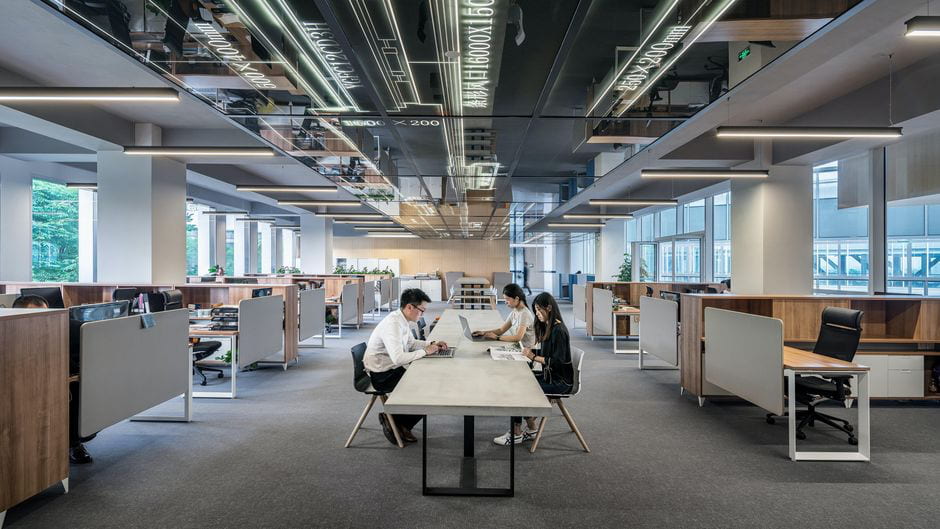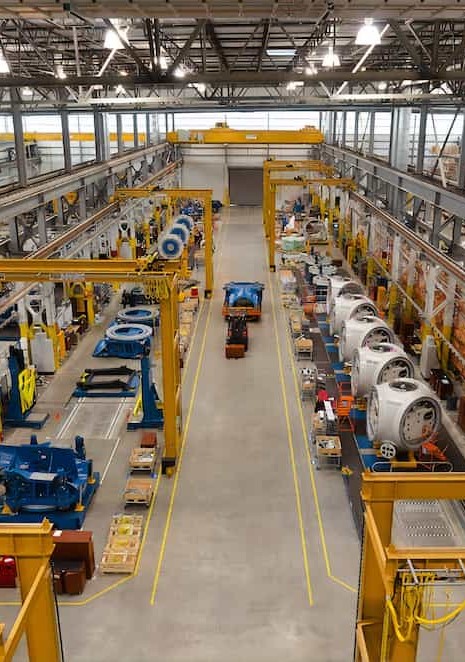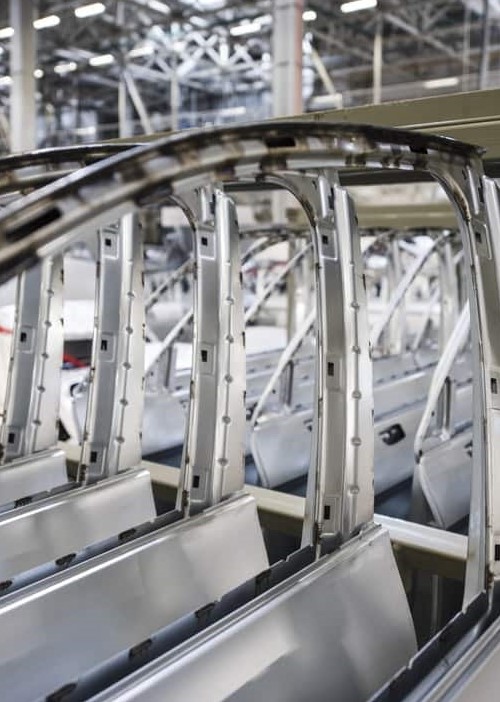What does “Monozukuri” mean?
Monozukuri is a Japanese term composed of the word “mono“, meaning things, and the word “tsukuri“, meaning to make or produce. The term is often used to refer to manufacturing activities in the manufacturing industry. In reality, Monozukuri has a much broader meaning, the nuances of which are worth understanding.
The concept of Monozukuri cannot be translated literally and its meaning depends on one’s sensitivity. The concept historically refers to a work ethic based on deep knowledge, multiple skills and a lot of passion. It is accompanied by a strong ambition to achieve perfection, an aspiration that is highly recognised in Japanese society. There is also the notion of pride in achievement and respect for the materials used.
Historical point : This notion is culturally very old and goes back to the making of traditional automaton dolls or samurai swords.
The hunt for the 3Ms: muri, mura, muda
At the end of the 1990s, the concept of Monozukuri was coined to embody the spirit and history of Japanese manufacturing, and refers to a Lean Management approach, in which the customer is placed at the centre of concerns.
In this context, the objective becomes to achieve excellence, by eliminating the 3Ms :
- Muri (overload),
- Mura (variability, irregularity) and
- Muda (waste).
Monozukuri vs Hitozukuri
This approach is notably applied by the Toyota production system, in which the methods and tools of Lean Management are introduced. The company defends the following attitude: “Monozukuri ha Hitozukuri kara”, which could be translated as:
“The construction of goods begins with the construction of people.
In this sentence, the term Monozukuri is accompanied by the notion of Hitozukuri, which refers to the passion for developing people. These two terms complement each other and this sentence can, again, take on several meanings. It details the close interweaving of the development of people and the improvement of techniques through the pursuit of performance. These two notions alone contain the concept of Lean.
The pillars of Monozukuri
It is often stated that the Monozukuri concept is based on three pillars :
-
- Product and development
This phase refers to the design phase, during which it is imperative to keep costs to a minimum by standardising processes and optimising transparency and teamwork.
-
- Production
The aim of this stage is to eliminate as much waste as possible in production, by optimising the production flow. Lean tools are particularly useful during this stage, and the digital transformation of companies can be advised to achieve the desired objectives.
-
- The supply chain
Here again, the objective is to reduce the overall costs associated with supply chain activities.
How to adopt Monozukuri?
As Monozukuri is closely related to Lean Management, to adopt it, you need to learn about the Lean Management methods and tools that would improve the performance of your business. Among the most commonly used are the 5S or Six Sigma methods.
Some companies are adapting Monozukuri to their production and thus improving their processes. For example, Nissan has enabled the deployment of this method in the automotive industry. Renault has also adopted the Japanese method, with the aim of optimising the value chain. The aim was to reduce the overall cost of a car by improving quality.
To achieve their goal and thanks to the Lean tools, the company worked on the entire value chain, from the design of the car to the delivery to the final customer.
Written by Emma Guignard








